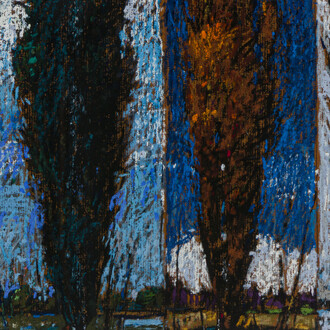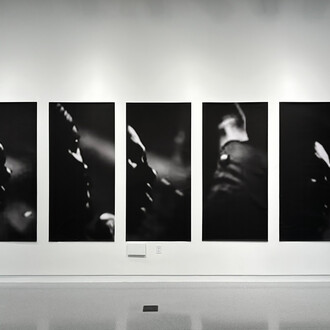In 1862 the French poet and art critic Charles Baudelaire described James McNeill Whistler’s images of the River Thames in London as “a marvelous tangle of rigging, yardarms and rope; a chaos of fog, furnaces and gushing smoke; the profound and complicated poetry of a vast capital.”
London was the capital of the United Kingdom and of the British Empire. The Thames was a global waterway and a hub of international trade and transport. During the nineteenth century, it served as a vital artery for the movement and the exchange of coal and other goods that drove Britain’s economy. Raw materials and products (including cocoa, sugar, and molasses) were sourced by colonized peoples throughout the empire and were transported by ship to warehouses along the Thames.
Whistler observed this commercial activity and his depictions of the wharves, docks, factories, and laborers reveal an economic network that intertwined empire, industry, and environment. River Works examines this network and places Whistler’s art within the industrial-imperial system of the nineteenth century—a system whose legacies continue to inform our world today.












